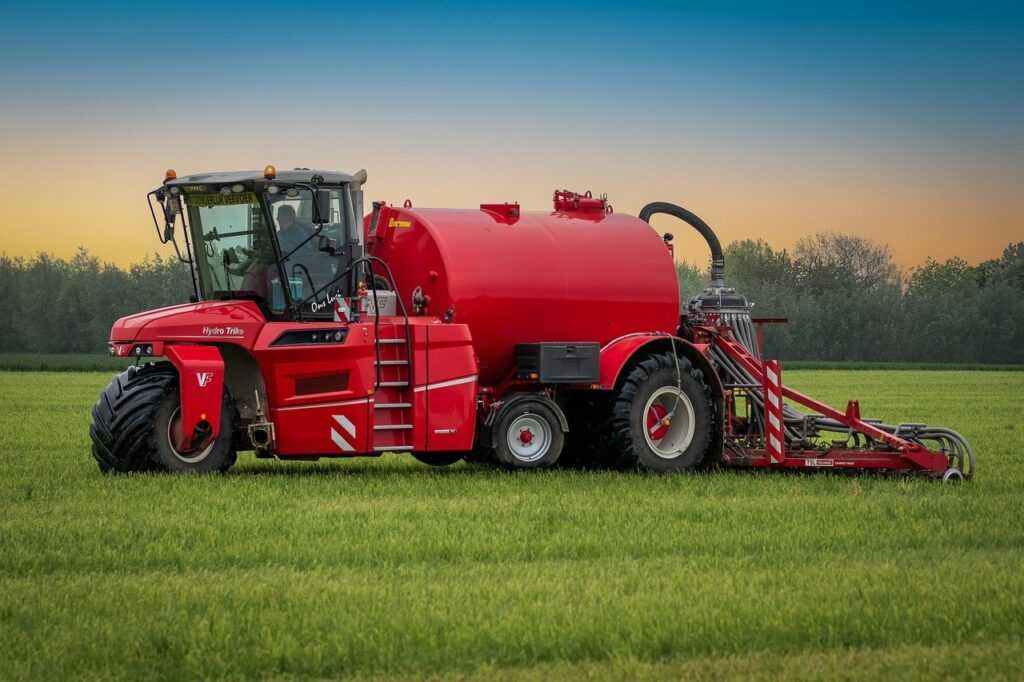This puzzle can be transformed into the keyword “challenging puzzle game.”
Are you ready to dive into a world of mindbending mysteries and strategic gameplay? Look no further than the challenging puzzle game presented here! With a combination of intricate puzzles and engaging gameplay, players are sure to be hooked from the very first level.
The Puzzle: Inset Puzzle
X O X O X O X O X
How to Solve the Puzzle:
To crack this puzzle, follow these steps:
- Step 1: Analyze the patterns and sequences in the grid.
- Step 2: Look for any symmetrical aspects that might provide hints.
- Step 3: Consider the positioning of the “X” and “O” symbols carefully.
- Step 4: Try various combinations to see which one fits the overall pattern.
- Step 5: Once you solve the puzzle, move on to the next level for an even more challenging experience!
Why This Game Stands Out:
- Engaging Gameplay: The interactive nature of the puzzles keeps players on their toes, constantly strategizing to find the right solution.
- Brain Teasing Challenges: Each level presents a unique challenge, pushing players to think outside the box and hone their problemsolving skills.
- Immersive Experience: The game’s captivating visuals and immersive sound effects draw players into a world where every move counts.
- Replay Value: With a wide variety of puzzles to solve, players can enjoy endless hours of entertainment without getting bored.
Final Thoughts:
Embrace the thrill of the unknown and test your wits with this challenging puzzle game. Whether you’re a casual gamer looking for some fun or a seasoned puzzle enthusiast seeking a real challenge, this game has something for everyone. So, grab your thinking cap and get ready to embark on an exciting journey filled with twists, turns, and, of course, lots of puzzles to solve!


